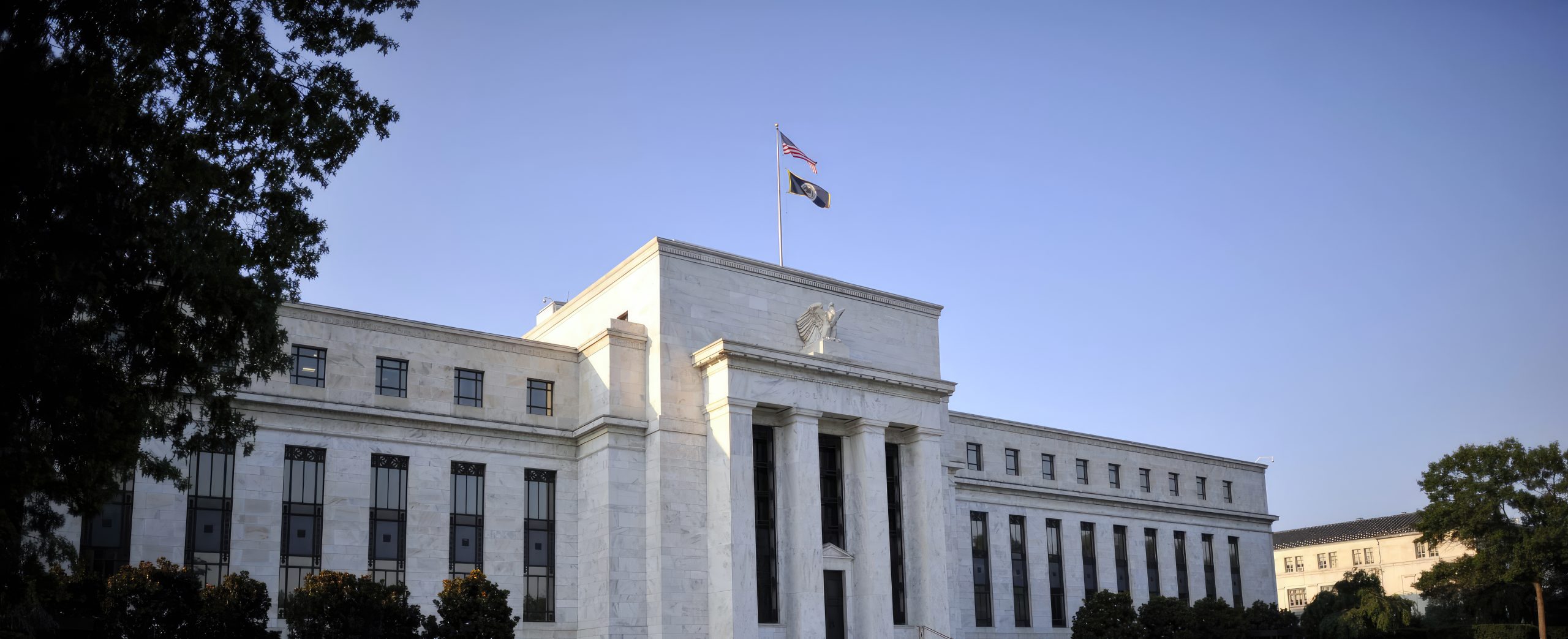The Federal Reserve (Fed) has moved to soften its annual stress-testing regime for major American banks, marking a significant shift in the regulatory landscape. Under the new proposals, large lenders will receive greater visibility into the models and scenarios used in the tests and be able to influence the process via public comment. This change comes as banks and industry groups have long complained that the tests are too opaque and unpredictable.
The reforms target the long standing framework under which stress tests determine the “stress capital buffer” (SCB) that top banks must hold on top of minimum capital requirements. For the 2025 tests, the Fed reported that the aggregate common equity tier 1 (CET1) ratio for the 22 largest banks fell from 13.4% to 11.6% under the severely adverse scenario, a decline of just 1.8 percentage points, also smaller than in prior years. Analysts say this reflects both a less punitive scenario design (for example, housing prices fell 33% versus 36% in prior year, unemployment rise +5.9p.p. vs +6.3p.p.) and modelling tweaks such as treating private equity losses outside the market-shock component.
Banks welcomed the shift, seeing it as a chance to free up capital for dividends, buy-backs and lending. For example, analysts at Jefferies and Morgan Stanley noted that the lighter scenario and more predictable methodology reduce the extra cushion banks have needed to hold and thus improve return on equity. However, critics within the Fed itself warned the changes risk undermining rigor. Governor Michael S. Barr described the changes as potentially making the stress test “weaker and less credible.”
While the Fed insists the reforms are not intended to materially lower capital requirements, they effectively tilt the balance in favour of banks by reducing the severity of shock scenarios and giving institutions more insight into the testing process. For investors and fintech analysts, this means banks are likely to deploy more capital toward shareholder returns and strategic investments, but it also raises a critical question: with less stringent tests, will the regulatory firewall against banking system shocks remain sufficient in a downturn?



